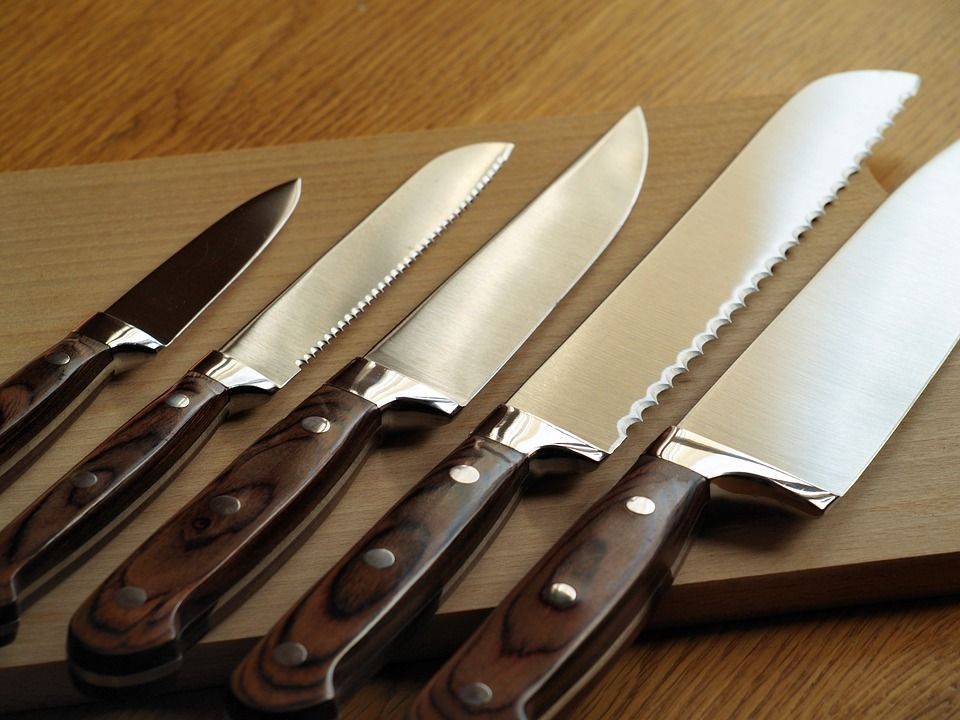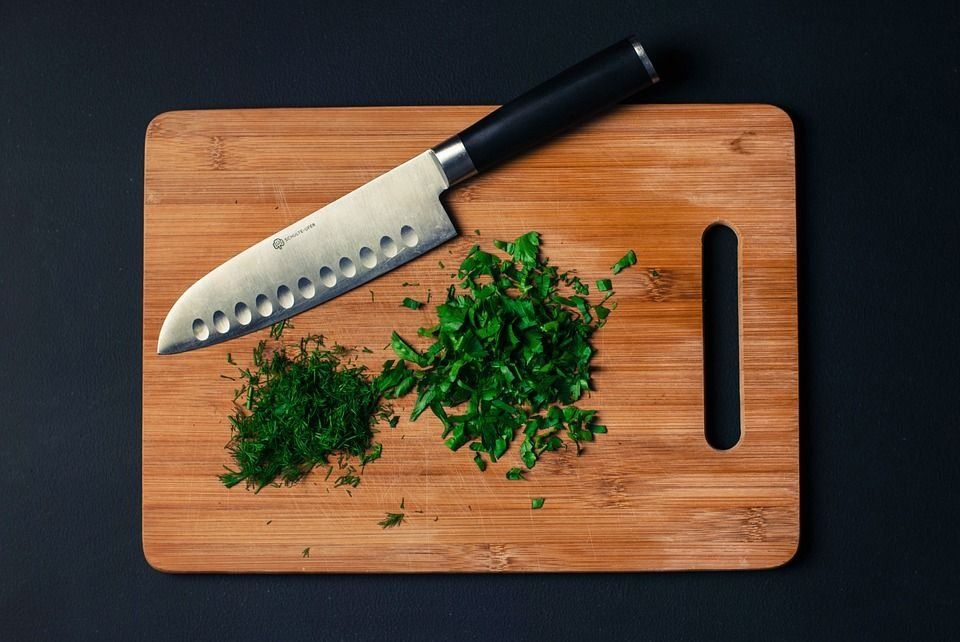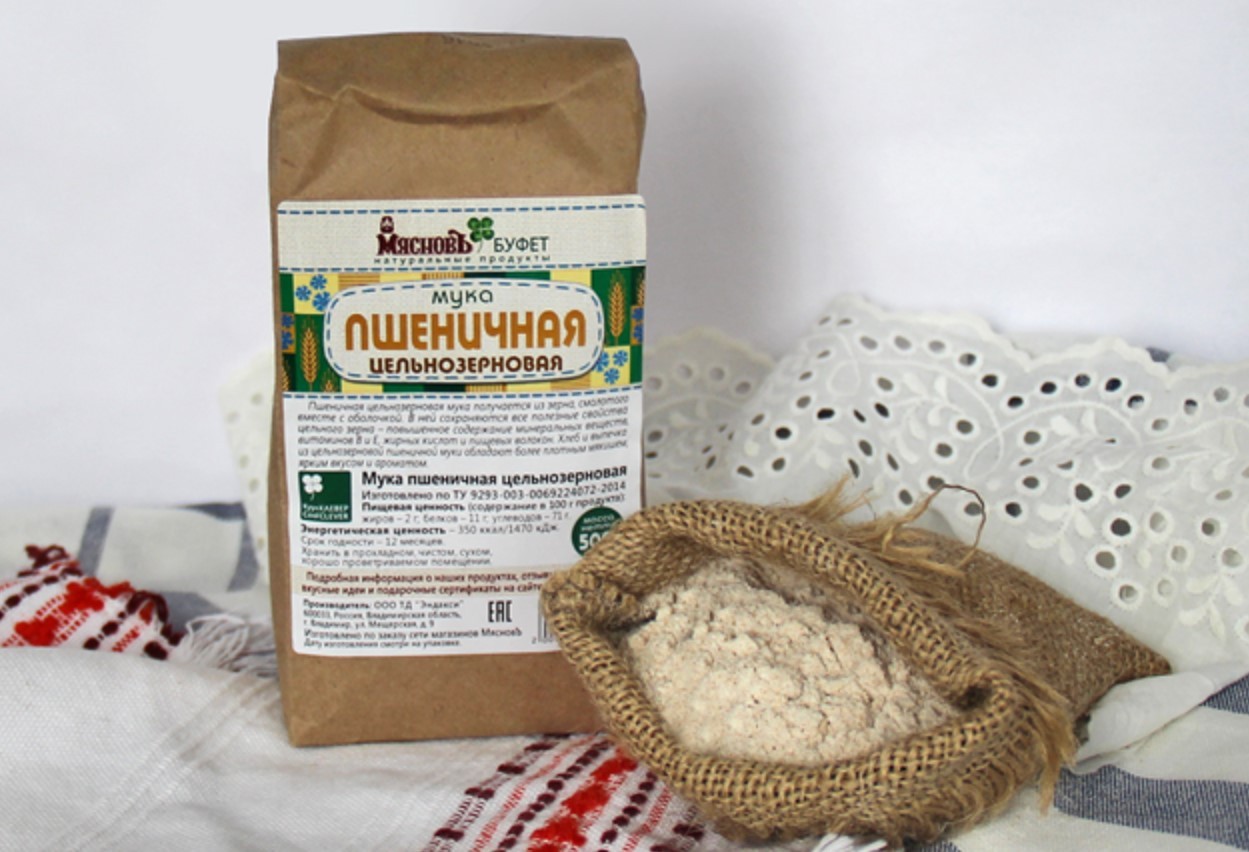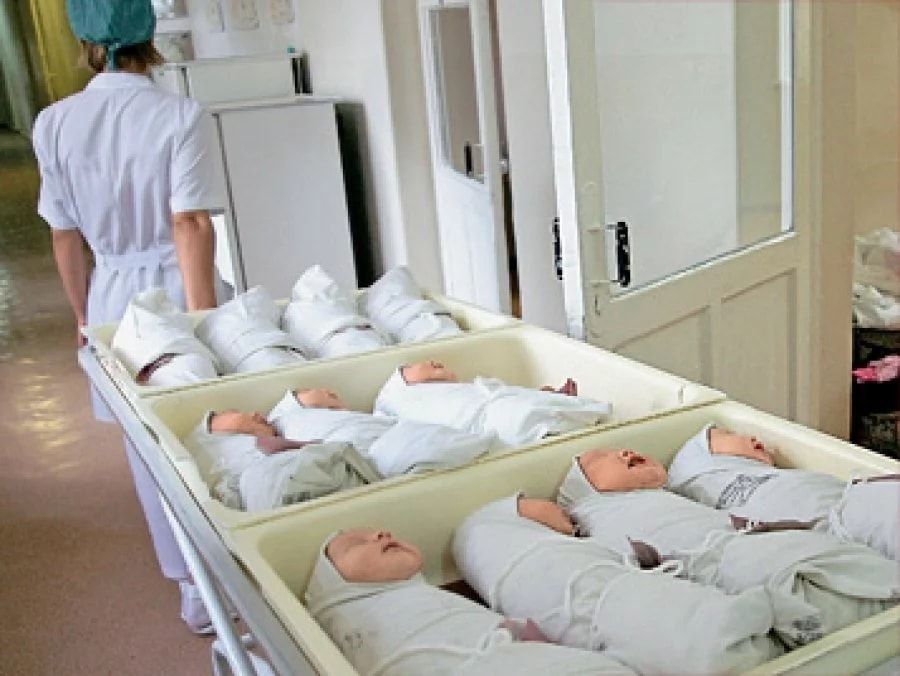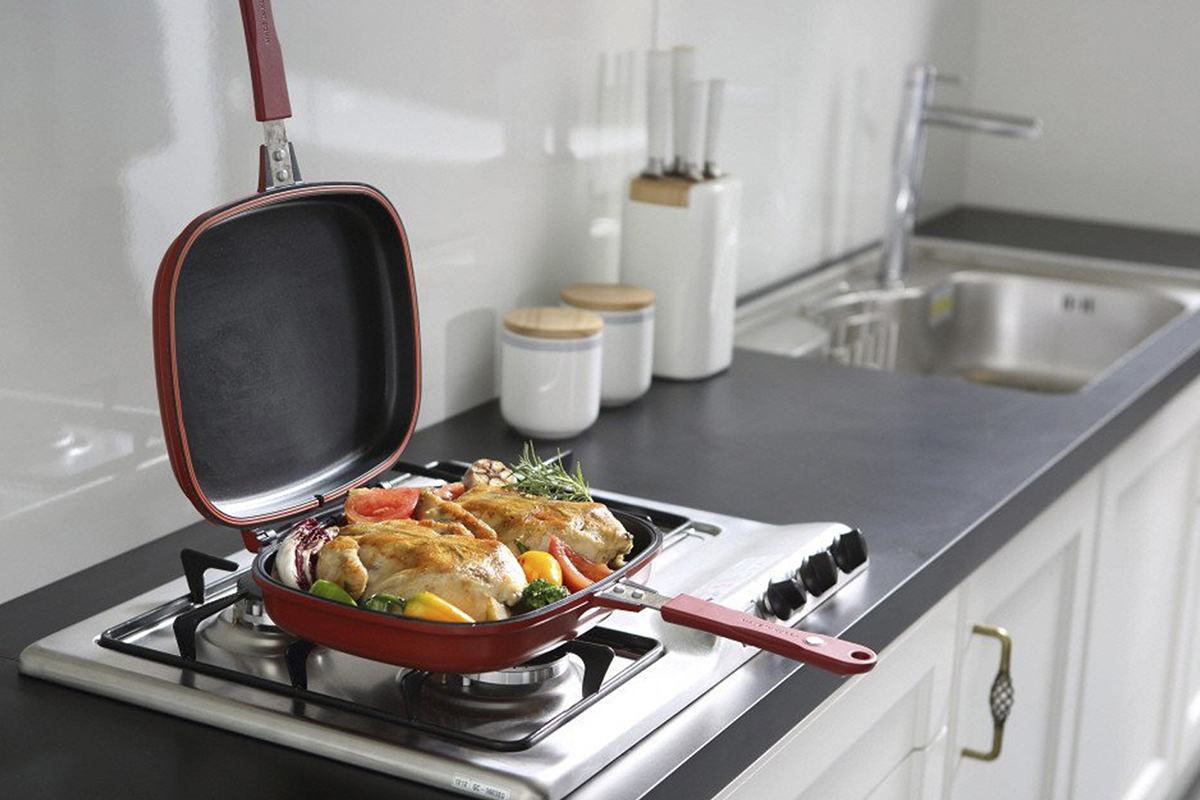Ranking of the best kitchen knives in 2025
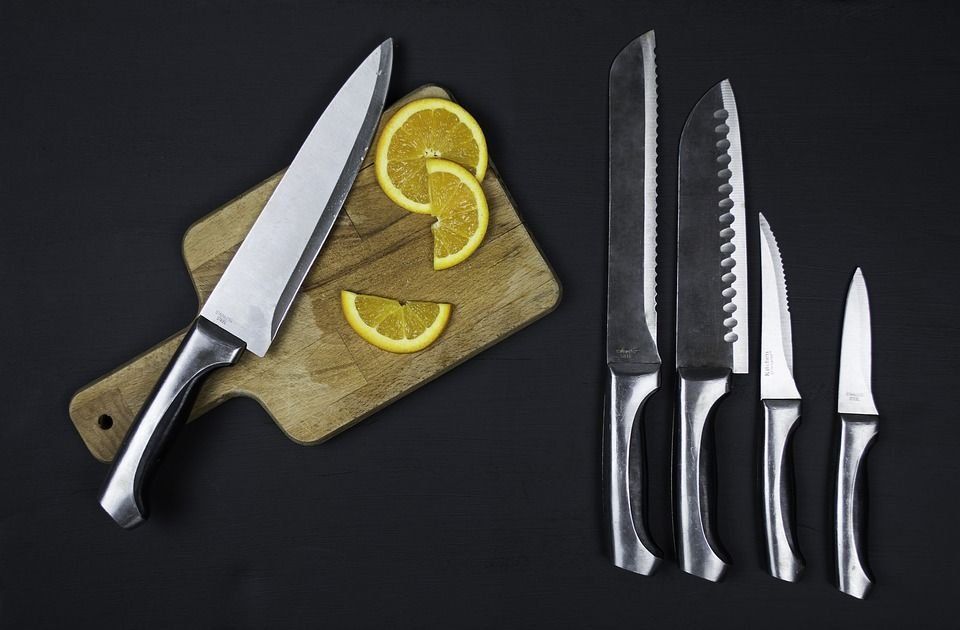
Progress cannot be stopped. Here, he is already in full swing in our kitchens, where many different devices have appeared from a blender to a slow cooker. The participation of a person in cooking comes down to pressing a single button. And you get used to it very quickly, as to everything useful and pleasant.
And yet there are irreplaceable items. That's what knives are for. And it is better to have several of them, for different products. After all, any housewife knows that with a knife for peeling vegetables and fruits, it is quite difficult, for example, to cut the right meat steaks. Therefore, the kitchen must have a high-quality basic set. For everyone it is completely different.
Content [Hide]
The main types of knives
- Povarskoy (chef)
The most versatile. A knife with a wide, up to 4.0 cm, long, 17-30 cm blade, turning into a sharply sharpened tip and a wide blade. The length of the handle is powerful, it can reach up to 20 cm. It has good balance and functionality. They can do everything: cut meat, chop minced meat, chop cabbage, chop greens, cut vegetables and crush garlic, and then also transfer already cooked foods on a wide blade into dishes. The length of the blade allows you to quickly cut vegetables and herbs without lifting the tip of the knife from the board. It can be called one of the most basic and indispensable kitchen tools.
- Universal
Is the most popular. Blade up to 20 cm long, medium in width, straight. Equally well cuts both vegetables and fruits, as well as meat and fish products. Not only suitable for very soft or very hard foods.
- Khlebny
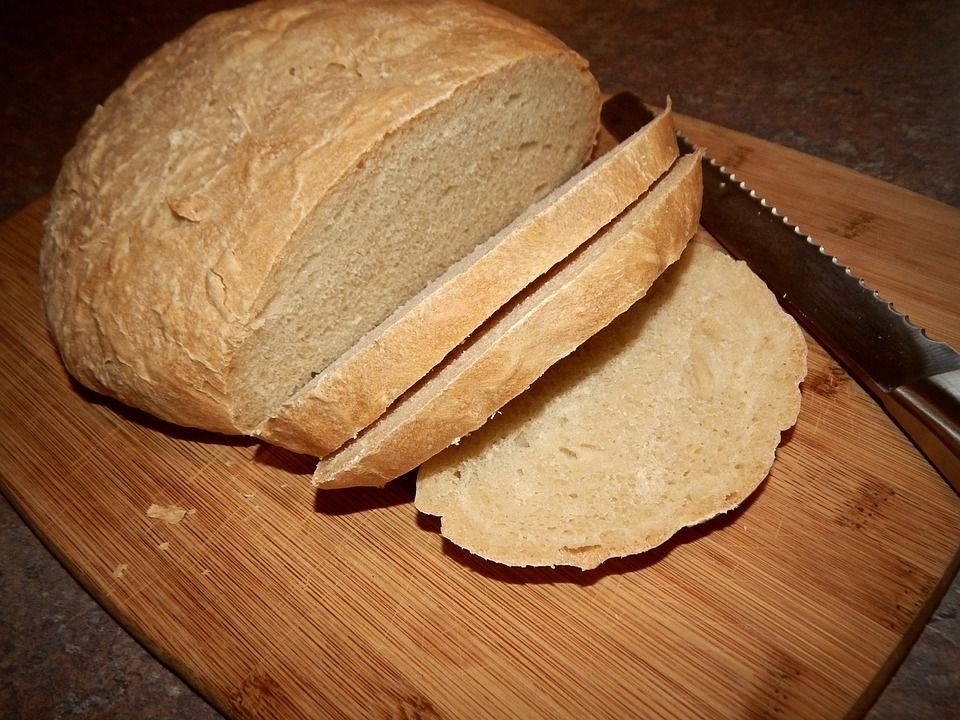
Long, up to 20 cm, not very wide with a straight blade and a serrated (serrated) blade. Due to the shape of the blade, the knife does an excellent job with any bread crust and other baked goods. In addition to bread, it is suitable for slicing melons and watermelons.
- For vegetables and fruits
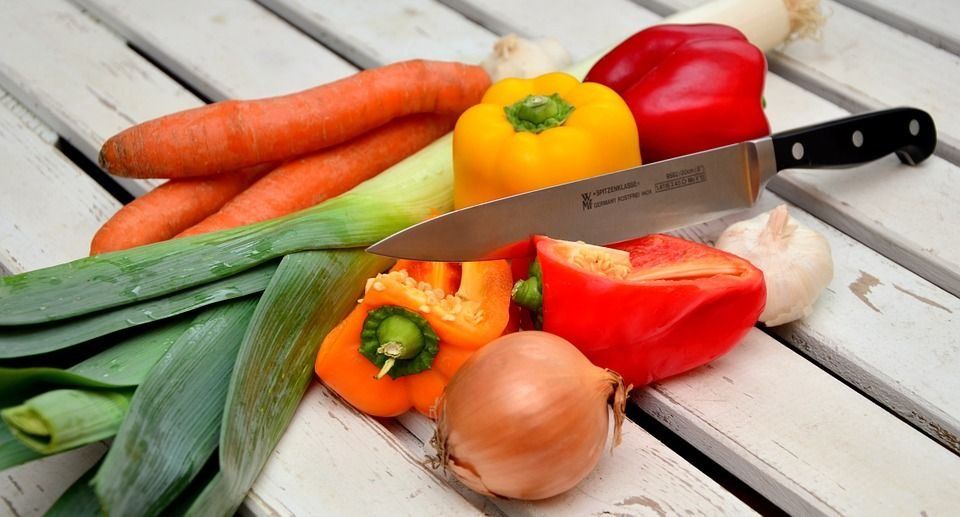
The smallest knife in the kitchen, but this does not affect its functionality at all. The length of its blade is only 7-10 cm with smooth edges, a sharp tip and a longer and wider handle. They are great for slicing all sorts of fruits and vegetables.
- Loin and boning
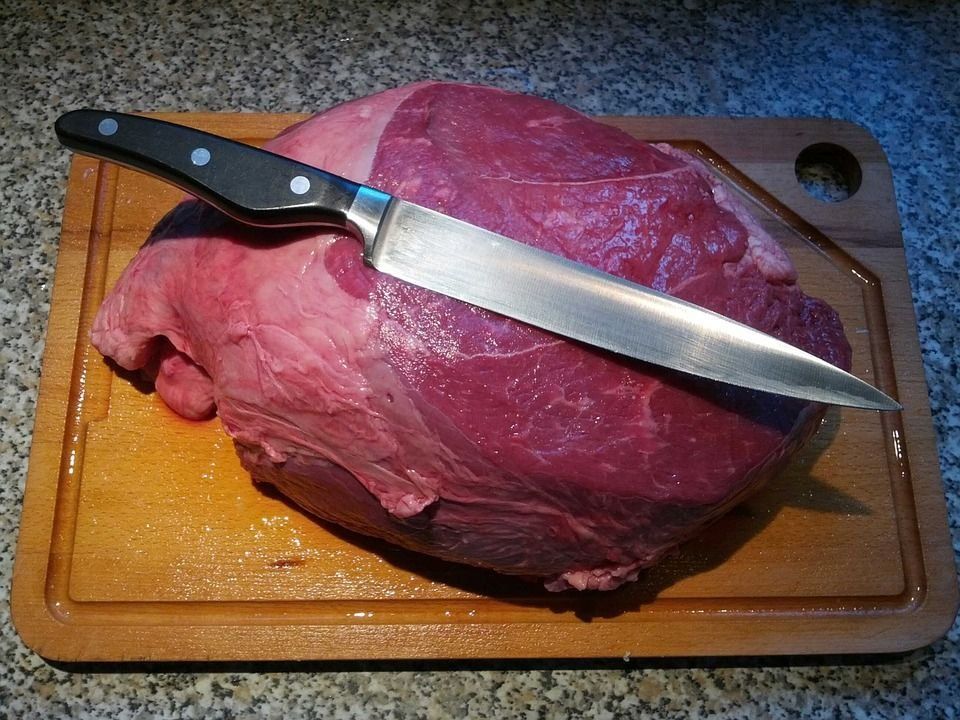
The boning knife is suitable for separating the pulp from the bone. It has a rather long, up to 15 cm, narrow and flexible blade, which turns into a very sharp, curved tip.This shape of the blade allows it to better penetrate the flesh and gently separate them from the bone.
A fillet knife is very similar to a boning knife, but has a wider purpose. Its blade is longer up to 30 cm and thin. It is more convenient to remove the veins and separate the film from the already prepared piece of meat, or to remove the skin from the fillet of fish and poultry. He also remarkably cuts thin slices from the sirloin. Often the knife is not used for its intended purpose, it is great for serving. Slices of ham or fish cut with it are perfectly even and thin.
- Cleaver
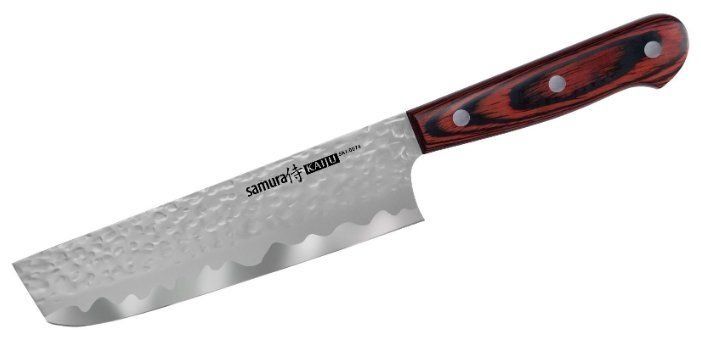
A cleaver or kitchen hatchet is needed for chopping meat with bones, or frozen foods. But this is not its only function, if you adapt to it, it will become indispensable for making chopped cutlets and chopping greens. It is very different in appearance from ordinary knives, having a wide almost rectangular blade and a powerful handle.
- Santoku
Japanese chef's knife Versatile, with it you can do almost everything in the kitchen. Although at first it was intended exclusively for butchering meat. Although the chef and santoku are similar in function, they are different in appearance. The santoku is lighter and smaller than the European chef's knife, but the main difference is in the tip of the blade, in the santoku it is lowered down. This arrangement allows you to use the entire surface of the blade. Some santoku have notches on the sides along the entire blade so that the products do not stick to the surface when cutting. The length of the santoku blade is 12-20 cm. The blade and handle are perfectly balanced with each other.
- For cleaning vegetables
A vegetable knife has a small blade, only up to 10 cm long, a thin blade, a straight or curved tip and a more powerful handle. This handle fits comfortably in the hand, and it perfectly cleans vegetables and fruits.In addition to their direct duties, they can remove eyes from potatoes, cut off the tails of zucchini and radishes, or carefully cut small vegetables and fruits into slices.
Special types of knives
- cheesy
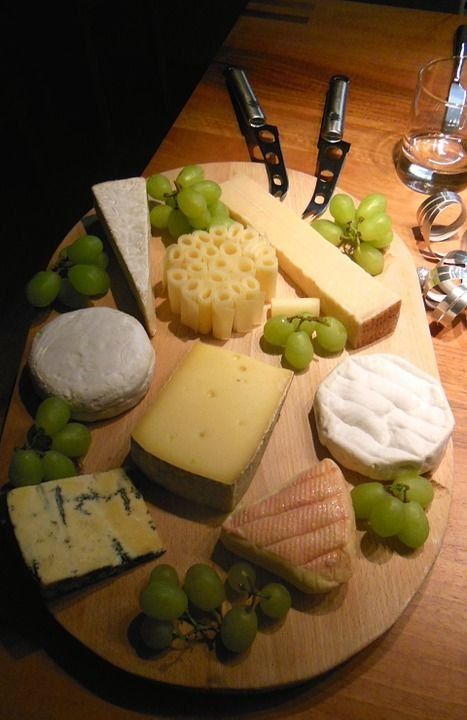
You rarely see it in our everyday life. It is a not very long, up to 20 cm blade with holes, a serrated (serrated) blade and a forked tip resembling a fork. It is customary to cut soft cheeses with this knife. Thanks to the slots on the blade, the cheese will not stick to it, and the forked tip makes it easy to shift already cut pieces of cheese onto a plate.
- For pizza
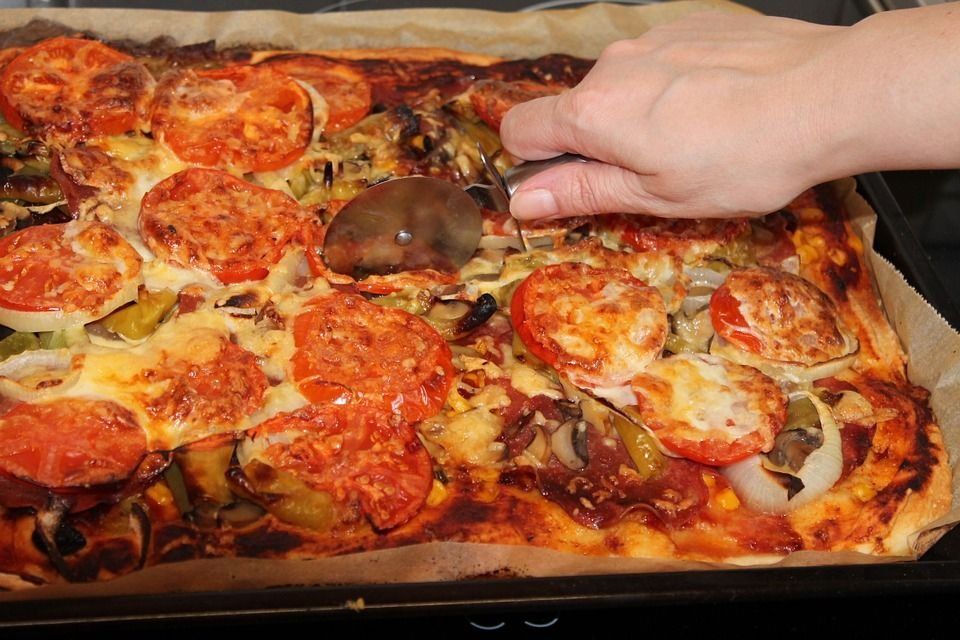
An indispensable attribute for pizza lovers. It is a rotating disc with fine teeth, it is with such a device that you can easily cut a hot pizza with melted cheese into even triangles.
- sandwich
Designed exclusively for soft products. A medium-sized blade with a slightly rounded tip, which is very convenient for spreading butter or pâté on bread.
- For oysters
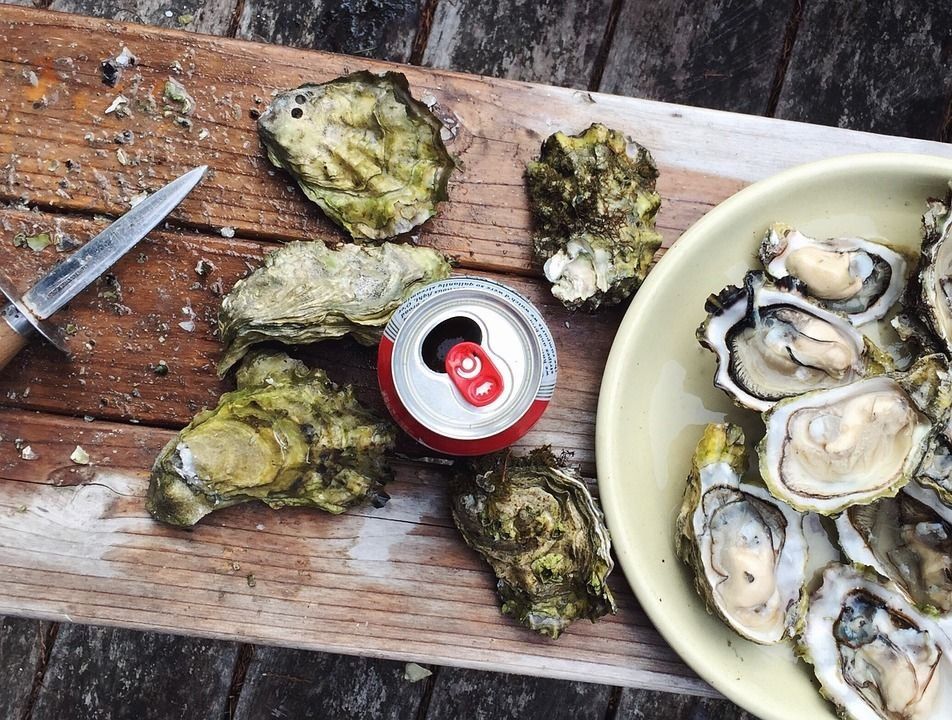
Narrow knife. There are several types. All of them have a very strong, thin and flexible blade, evenly sharpened on both sides. The handle of the knives has a protective guard so that the hand cannot come into contact with the blade.
- The French knife has a wedge-shaped blade, very small in size with a much longer handle. They can quite safely open a dense shell.
- The Boston Knife has a pear-shaped blade with fine serrations on one side. Just like that, it is very convenient to open small shells with mollusks.
- Chispeak knife, designed for medium oysters. It is somewhat different from the previous two. Its shape is similar to a classic thin tapered blade with an oval handle.
- The Galveston knife is the most imposing of the oysters and is designed for large clams.
- kitchen scissors
One of the favorite items of any housewife. They do an excellent job of butchering poultry or fish. Scissors for poultry and fish are slightly different.
So, a bird knife looks more like a pruner with a slightly curved blade and notches at one end. It is they who help not to slip off the carcass of a chicken or rabbit. Without much difficulty, scissors crush the bones of any bird and rabbit.
Fish scissors have shorter blades and powerful handles. Easily cope with fish fins, tail and bones.
There is a universal version of scissors that is equally suitable for all tasks. If desired, they can also cut greens.
- For carving
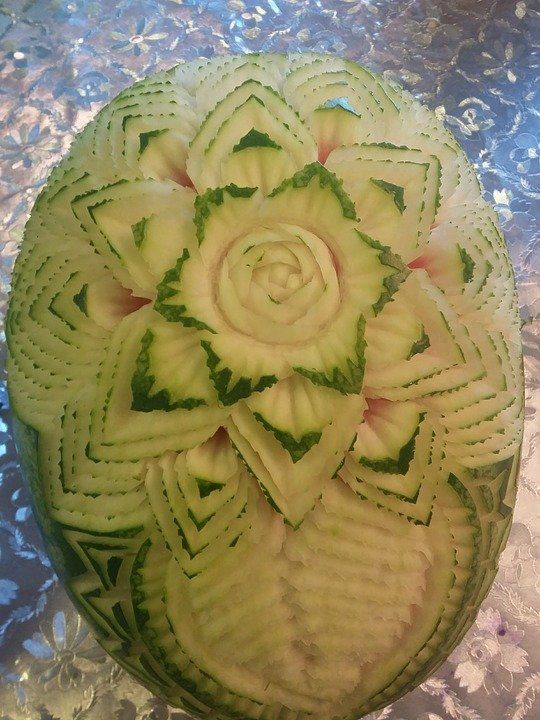
Special tools that can create unique flowers and other bizarre shapes, and sometimes make fabulous arrangements of fruits and vegetables.
- Bilateral spoon-noisette. Device for cutting hemispheres and balls.
- Carving, designed to remove the core, mainly from apples.
- Sickle Knife - Uses a very sharp, sickle-shaped blade to cut large pieces of fruit and vegetables.
- Thai knife, the main subject of carving. Similar to the crescent, but with a thinner blade.
- Carb knives. With a blade of different widths and a triangular tip, they can cut fancy leaves.
- Oval knives having, respectively, an oval section at the tip. Make semicircular cuts.
- Special scissors that can give the edges any decorative shape.
- Girol. A special device that works with cheese.
The knife consists of only two parts: the blade and the handle.Good knives should be made from quality materials.
Materials from which knives are made
The main material from which blades are made is steel, an alloy of iron and carbon with the inclusion of other chemical elements that can significantly change the characteristics of steel.
High carbon steel
Contains a high percentage of carbon. It increases the hardness of the blade, and at the same time reduces its plasticity.
- high hardness;
- there is no need to sharpen often;
- very sharp.
- more fragile;
- subject to corrosion;
- more thorough care is needed (after each use, you need to wipe it dry);
- the metal oxidizes, which affects the taste of the food.
Stainless steel
It contains more chromium and molybdenum, which reduce the formation of corrosion and rust, and increase the strength of the steel.
- more plastic;
- less susceptible to corrosion.
- the need for frequent sharpening.
Ceramic
Such knives began to be produced not very long ago. They are made of zirconium dioxide, from which they are molded, after which they are fired at a very high temperature for two days. Because of the processing technology, they are called ceramic.
- very light;
- very sharp;
- require sharpening for a very long time;
- do not oxidize;
- do not absorb foreign odors;
- excellent cutting quality.
- do not cut hard foods;
- very fragile;
- can only be used on wood or plastic surfaces;
- it cannot be used for chopping or chopping;
- must be stored separately from other cutlery;
- afraid of sudden changes in temperature;
- high cost.
Damascus steel
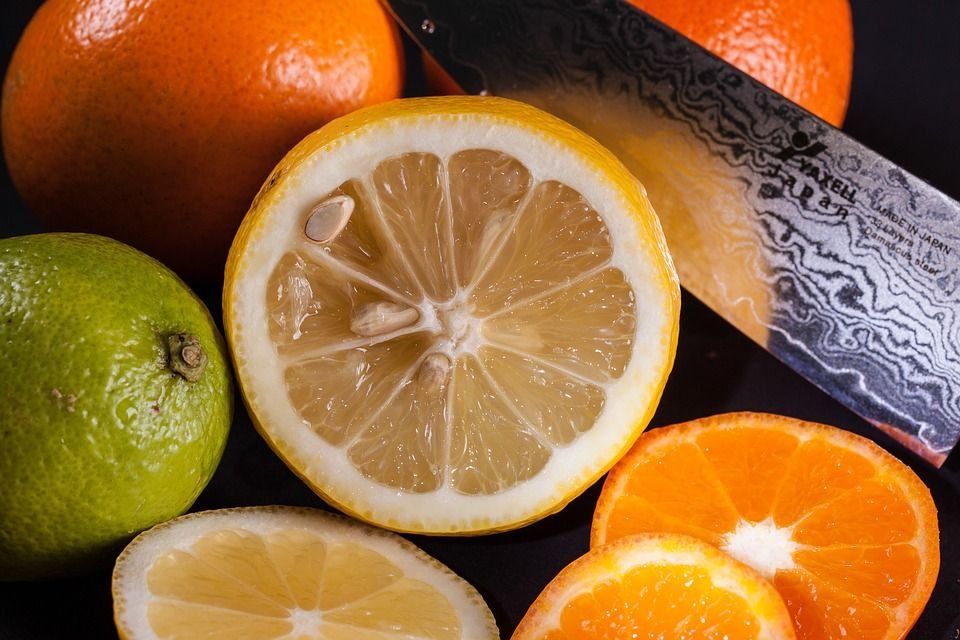
Such steel is made by repeated forging. In production, different types of steel are used, alternating with each other steel with different amounts of carbon, and there are more high-carbon layers than low-carbon ones. The combination of such multilayering makes it possible to obtain a hard and at the same time elastic steel. With such an overlay of layers and their alternation with special forging, intricate patterns are formed on its surface, which are the hallmark of Damascus knives.
- excellent cutting properties;
- high strength.
- high price.
Titanium
Produced from an alloy of titanium powder, zirconium oxide and silver ions. The powder material is subjected to high-temperature firing and under very high pressure, the shape of the blade is made.
- very light;
- sharp;
- not subject to corrosion;
- hypoallergenic.
- very expensive.
Handle material
The handle of the knife should have an ergonomic shape, be comfortable so that the hand does not get tired during prolonged use. Whatever material the handle is made of, its facings must be very firmly riveted, there should be no gaps between them and the blade. Here we can recall a well-known proverb and paraphrase it a bit: As the brush is an extension of the artist's hand, so the knife should be an extension of the cook's hand.
Wood
The most commonly available material for the manufacture of knife handles. Due to improper care, the tree can either swell or shrink, so it is necessary to check whether there is a gap between the handle and the blade, it is there that food remains accumulate, which are a source of reproduction and development of bacteria.
- light weight;
- does not slip in the hand.
- fragility;
- ability to absorb odors;
- ability to absorb moisture.
Plastic
The most common material for knife handles, due to its properties.
- ease of care;
- does not absorb odors;
- does not get wet;
- hygienic;
- durability;
- comfortable.
- afraid of high temperatures;
- can only be used with dry hands.
Metal
For the metal handle, mainly stainless steel, titanium and aluminum are used. Often they make an all-metal product. This is a big plus, they do not loosen up and do not break. The handle is made of metal, as a rule, is made hollow, filling the void with sand, for better balance.
- light weight;
- resistance to corrosion;
- strength.
- difficult to work without anti-slip coating.
The best knife manufacturers
In the market for the production of kitchen knives, there are two main areas: European and Japanese. Although in reality the differences between them are not so great and come down mainly to the differences between the European chef's knife and the Japanese santoku. All knives are made of extra strong steel, according to the Rockwell scale, the hardness of European knives is up to 60 units, for Japanese ones - up to 62. The main difference can be considered sharpening. For Europeans, it is bilateral (at an angle of 20 degrees), while for the Japanese, it can be either one-sided or two-sided (at an angle of 15 degrees).
Wusthof
votes 0
German family company specializing in the production of forged and rolled steel knives. In their catalog you can find both expensive series and very budget ones, which does not affect the quality of the products.
Epicures Series
| Type of knife | Price, rub. | ||||
|---|---|---|---|---|---|
| Chef's 20 cm | 16990 | ||||
| Santoku 17 cm, with grooves on the edge | 15900 | ||||
| For bread 23 cm | 15990 | ||||
| For a steak 12 cm | 10590 | ||||
| Vegetable 9 cm | 10290 | ||||
| Set of 6 pieces on a stand | 89990 |
- forged steel is used;
- durability;
- excellent cutting properties;
- handle comfort;
- monolithic construction.
- high cost.
Classic series
| Type of knife | Price, rub. | ||||
|---|---|---|---|---|---|
| Chef's 20 cm | 8890 | ||||
| Santoku 17 cm, with grooves on the edge | 8890 | ||||
| For bread 23 cm | 8490 | ||||
| For a steak 12 cm | 4990 | ||||
| Vegetable 9 cm | 4990 | ||||
| Set of 7 pieces on a stand | 24990 |
- use of forged steel;
- excellent cutting qualities;
- shock-resistant handle;
- double-sided sharpening.
- relative cost.
Zwilling J.A. Henckels
votes 0
A German company that has been manufacturing high quality knives for over 250 years. They produce knives from high-strength steels, with very sharp blades, having optimal balance and ergonomic handles. We specialize in premium quality knives.
Professional S
| Type of knife | Price, rub. | ||||
|---|---|---|---|---|---|
| Chef's 20 cm | 9060 | ||||
| Santoku 17 cm, with grooves on the edge | 8975 | ||||
| For bread 20 cm | 8040 | ||||
| For a steak 12 cm | 5300 | ||||
| Vegetable 10 cm | 4600 | ||||
| Set of 6 pieces on a stand | 25460 |
- solid steel billet;
- forged;
- seamless geometry;
- optimal balance.
- high cost.
Arcos Hermanos S.A.
votes 0
Spanish manufacturer of knives and kitchen utensils made of rolled and forged steel with a centuries-old tradition.
Universal series
| Type of knife | Price, rub. | ||||
|---|---|---|---|---|---|
| Chef's 20 cm | 2300 | ||||
| Santoku 17 cm, with grooves on the edge | 2820 | ||||
| For bread 20 cm | 1807 | ||||
| Universal 13 cm | 1383 | ||||
| Vegetable 7.5 cm | 976 | ||||
| Set of 3 on a stand | 5717 |
- high quality stainless steel is used;
- excellent cutting properties;
- double-sided sharpening;
- ergonomic handle.
- not detected.
Gipfel
votes 0
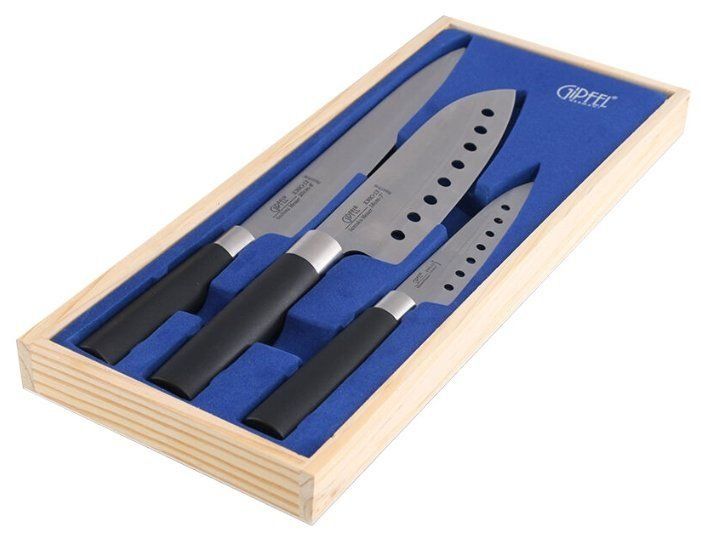
A German brand, the company has been producing cutlery and kitchen items for decades.
| Type of knife | Price, rub. | ||||
|---|---|---|---|---|---|
| Chef's series Laffi 20 cm | 1104 | ||||
| Santoku 18cm | 306 | ||||
| For bread series Legion 20 cm | 350 | ||||
| For steak Colombo series 14 cm | 703 | ||||
| Vegetable series Colombo 9 cm | 588 | ||||
| Set of 5 pieces on a stand | 1776 |
- high security;
- good cutting properties;
- resistance to deformation;
- anti-slip coating of the handle;
- does not require frequent sharpening
- made of stainless steel or high carbon steel.
- not detected.
Samura
votes 0
A Japanese company that began operations in 2003 and has achieved tremendous success in production over the decade. Often knives are made by hand. Along with metal knives, Damascus steel knives, Samura has established the production of ceramic knives. The knives of this company are of guaranteed quality.
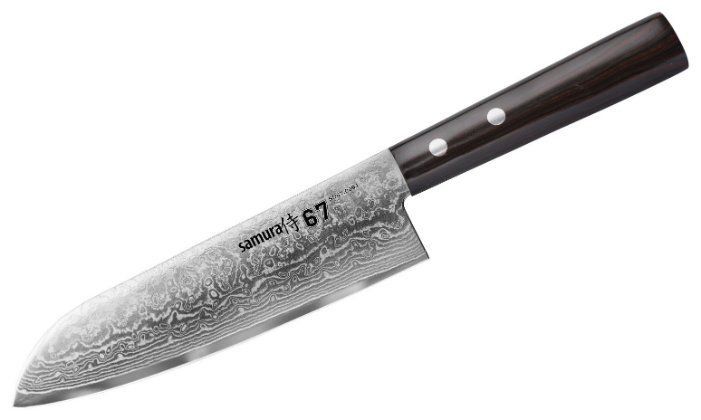
Damascus Series
| Type of knife | Price, rub. | ||||
|---|---|---|---|---|---|
| Chef 20 cm | 11320 | ||||
| Santoku 18cm | 11515 | ||||
| For bread 23 cm | 10550 | ||||
| For a steak 12 cm | 5040 | ||||
| Vegetable 7.5 cm | 4320 |
- made of forged steel;
- ergonomic handle;
- excellent cutting characteristics;
- durability.
- relative cost.
Harakiri Series
| Type of knife | Price, rub. | ||||
|---|---|---|---|---|---|
| Chef 21 cm | 1900 | ||||
| Santoku 30 cm | 1140 | ||||
| Universal 26 cm | 1010 | ||||
| Vegetable 10 cm | 935 | ||||
| Set of 3 on a stand | 4150 |
- specialized alloy steel;
- anticorrosive properties;
- excellent performance.
- not detected.
Tojiro
votes 0
The brand of the Japanese company Fudjitora industry Co., Ltd, is engaged in the production of professional and household kitchen knives. The blades are made from multi-layered stainless steel and forged.
| Type of knife | Price, rub. | ||||
|---|---|---|---|---|---|
| Chef 18 cm | 12000 | ||||
| Santoku 18 cm series | 6960 | ||||
| For bread 23 cm series Western | 2500 | ||||
| Vegetable 8 cm series Western | 4260 |

- ergonomic handle;
- excellent cutting characteristics;
- safety;
- durability.
- high cost.
How to choose
Everyone chooses a knife for themselves. The main task of a good knife is that the hand does not get tired during long work. Several factors influence this. It is necessary to check the balance of the knife - it can be shifted towards the tip of the blade, it can be in the center, the place where the handle connects to the blade, or it is shifted towards the handle, the choice of the best option is always up to you.
The next most important is the comfort of the handle. It should fit into the hand, there should be a feeling of comfort when you hold the knife.
Pay special attention to the blade of the blade, the quality of the steel from which it is made, the knife should remain sharp as long as possible. As paradoxical as it sounds, the sharper the knife, the safer it is. It's easier to cut with a dull knife.
How many knives to buy, individually or as a set, depends on how much you like to cook. By choosing a ready-made set, you will save time and money. But for people who spend a lot of time in the kitchen, it is better to select each knife directly for themselves. Usually three knives are enough for a proper kitchen set. Such a set usually includes: a chef's knife, a bread knife with serrated sharpening and a vegetable knife. You can do almost all the work with a chef's knife, peel and even cut vegetables and fruits with a vegetable knife, and use a bread knife for its intended purpose. Although this configuration can also be changed, according to your preferences.
Main selection criteria
- The handle of the knife should have an ergonomic shape, be comfortable in the hand, not slip, it is possible to have some recesses for the fingers;
- The blade must be sharp and easy to cut any products;
- The edge of the blade must remain sharp for a long time.
How to store
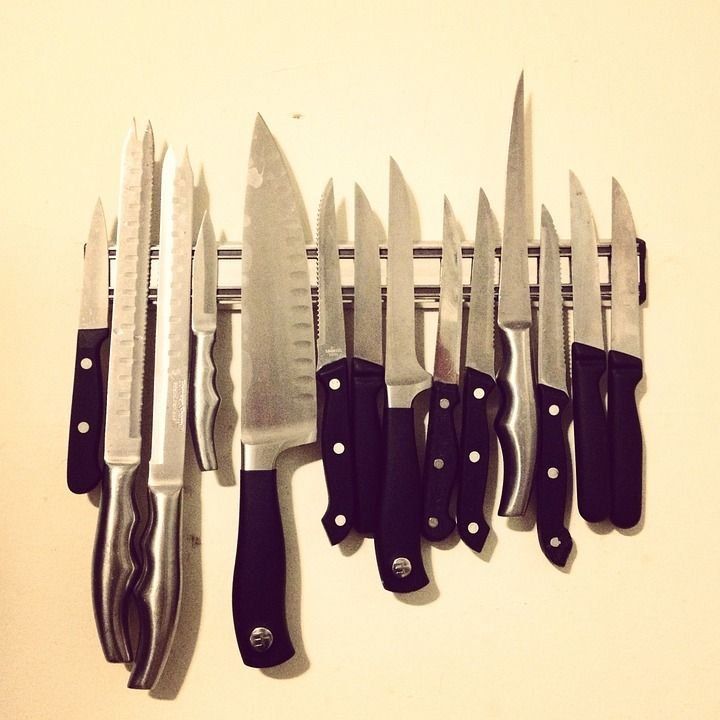
Where to store kitchen knives and how? Another mandatory point to which you need to pay attention. Everyone wants their knives to last longer. For this, there are special containers, stands, magnetic holders. They provide careful and hygienic storage of kitchen knives.
Conclusion
Don't skimp on knives. By buying a quality knife, you thereby make a certain investment, providing yourself with the right kitchen tool for more than one year. Spending enough time in the kitchen for cooking, you should experience maximum pleasure, and with a bad knife you will not get such emotions. We hope this article will help you make the right choice.
new entries
Categories
Useful
Popular Articles
-

Top ranking of the best and cheapest scooters up to 50cc in 2025
Views: 131649 -

Rating of the best soundproofing materials for an apartment in 2025
Views: 127688 -

Rating of cheap analogues of expensive medicines for flu and colds for 2025
Views: 124516 -

The best men's sneakers in 2025
Views: 124030 -

The Best Complex Vitamins in 2025
Views: 121937 -

Top ranking of the best smartwatches 2025 - price-quality ratio
Views: 114978 -

The best paint for gray hair - top rating 2025
Views: 113393 -

Ranking of the best wood paints for interior work in 2025
Views: 110317 -

Rating of the best spinning reels in 2025
Views: 105327 -

Ranking of the best sex dolls for men for 2025
Views: 104363 -

Ranking of the best action cameras from China in 2025
Views: 102214 -

The most effective calcium preparations for adults and children in 2025
Views: 102010
